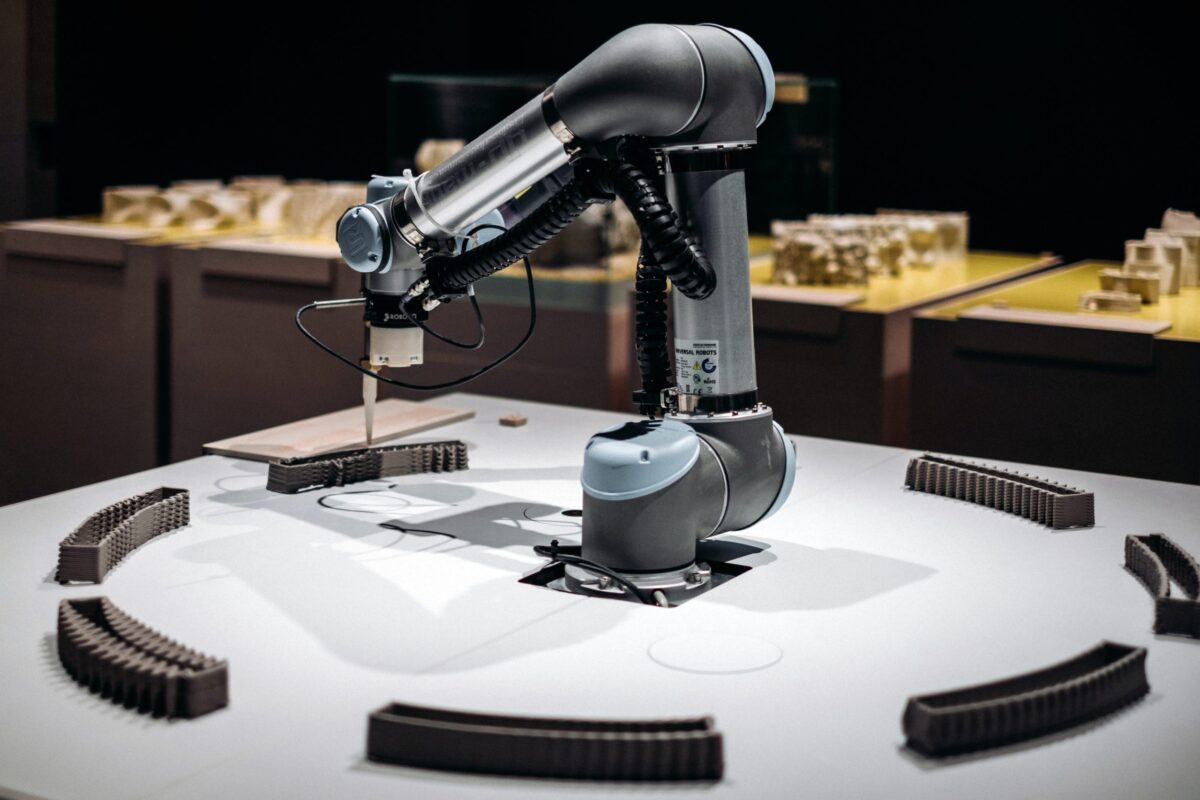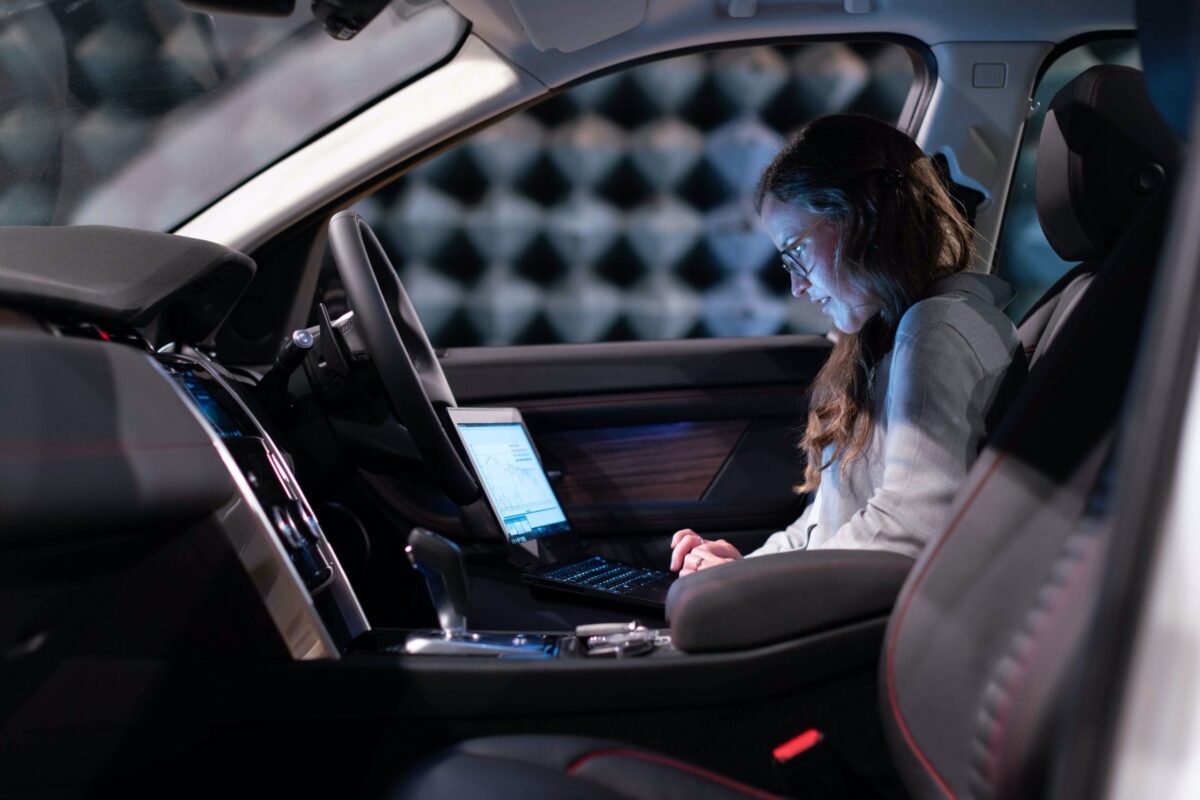

These days, seemingly everyone is applying Artificial Intelligence (AI) and machine learning. I have written about disruptions in the manufacturing industry, such as Industry 4.0, while illustrating the Hard Trends that indicate where improvements will be made in the future.
The construction industry, which makes up 7% of the global workforce, should already have applied these technologies to improve productivity and revolutionize the industry. However, it has actually progressed quite slowly.
Growth in the construction industry has only been 1% over a few decades while manufacturing is growing at a rate of 3.6%. With the total worker output in construction at a standstill, it is no surprise that the areas where machine learning and AI could improve such statistics were minimal. Yet, those technologies are finally starting to emerge in the industry.
Artificial Intelligence (AI) is when a computer mimics specific attributes of human cognitive function, while machine learning gives the computer the ability to learn from data, as opposed to being specifically programmed by a human. Here are ten ways that AI and machine learning will transform the construction and engineering industries into what we’ll call “smart construction.”
- Cost Overrun Prevention and Improvement
Even efficient construction teams are plagued by cost overruns on larger-scale projects. AI can utilize machine learning to better schedule realistic timelines from the start, learning from data such as project or contract type, and implement elements of real-time training in order to enhance skills and improve team leadership.
- Generative Design for Better Design
When a building is constructed, the sequence of architectural, engineering, mechanical, electrical, and plumbing tasks must be accounted for in order to prevent these specific teams from stepping out of sequence or clashing. Generative design is accomplished through a process called “building information modeling.” Construction companies can utilize generative design to plot out alternative designs and processes, preventing rework.
- Risk Mitigation
The construction process involves risk, including quality and safety risks. AI machine learning programs process large amounts of data, including the size of the project, to identify the size of each risk and help the project team pay closer attention to bigger risk factors.
- More Productive Project Planning
A recent startup utilized 3D scanning, AI and neural networks to scan a project site and determine the progress of specific sub-projects in order to prevent late and over-budget work. This approach allowed management to jump in and solve problems before they got out of control. Similarly, “reinforcement learning” (machine learning based on trial and error) can help to collate small issues and improve the preparation phase of project planning.
- More Productive Job Sites
Professionals often fear machines will replace them. While intelligent machines will take over first repetitive and eventually more cognitively complex positions, this does not mean a lack of jobs for people. Instead, workers will transition to new, more fulfilling and highly productive roles to save time and stay on budget, and AI will monitor human productivity on job sites to provide real-time guidance on improving each operation.
- Safety First
Manual labor not only has the potential to be taxing on the body, but also to be incredibly dangerous. Presently, a general contractor is developing an algorithm that analyzes safety hazards seen in imagery taken from a job site, making it possible to hold safety briefings to eliminate elevated danger and improve overall safety on construction sites.
- Addressing Job Shortages
AI and machine learning have the capacity to plot out accurate distribution of labor and machinery across different job sites, again preventing budget overruns. One evaluation might reveal where a construction site has adequate coverage while another reveals where it is short staffed, thereby allowing for an efficient and cost-effective repositioning of workers.
- Remote Construction
When structures can be partially assembled off-site and then completed on-site, construction goes faster. The concept of using advanced robots and AI to accomplish this remote assembly is new. Assembly line production of something like a wall can be completed while the human workforce focuses on the finish work.
- Construction Sites as Data Sources
The data gathered from construction sites and the digital lessons learned by AI and advanced machines are all tools for improving the productivity of the next project. In this way, each construction site can contribute to a virtual textbook of information helpful to the entire industry.
- The Finishing Touches
Structures are always settling and shifting slightly. It would be beneficial to be able to dive back into data collated by a computer to track in real time the changes and potential problems faced by a structure — and AI and machine learning make this possible.
Given the inevitable changes on the horizon, and the potential for costs to drop up to 20% or more with increased productivity, professionals in the construction industry must pay attention to Hard Trends, become more anticipatory, and ultimately learn to turn disruption and change into opportunity and advantage.
Know What’s Next
Discover proven strategies to accelerate innovation with my latest book The Anticipatory Organization. Follow this link for a special offer.
Shape the Future–Before Someone Else Does It For You!





